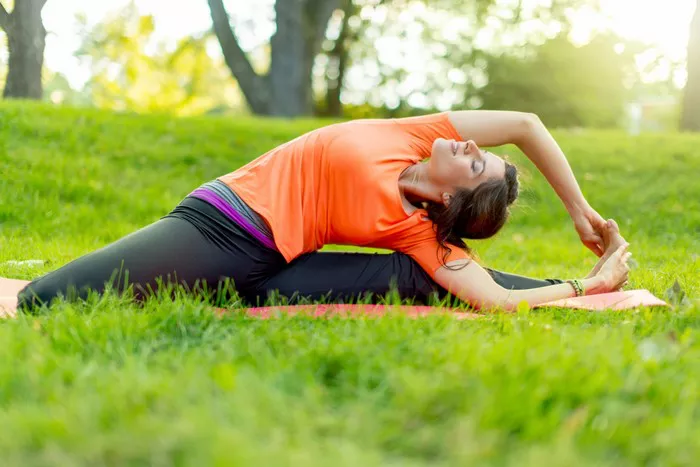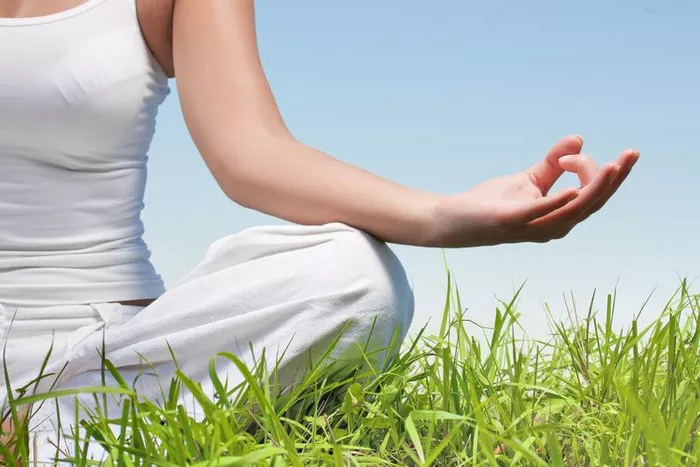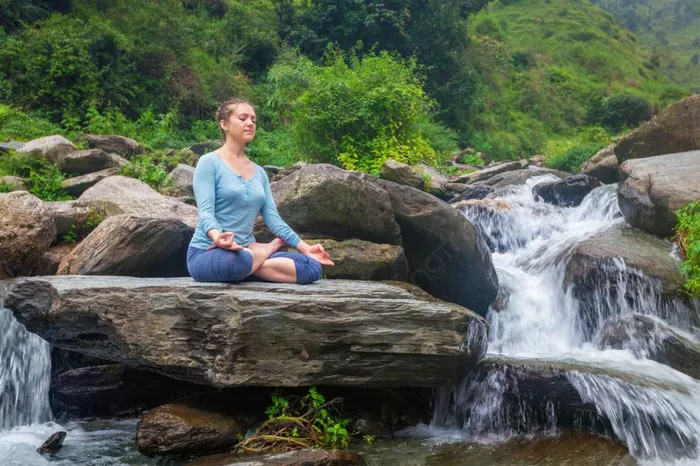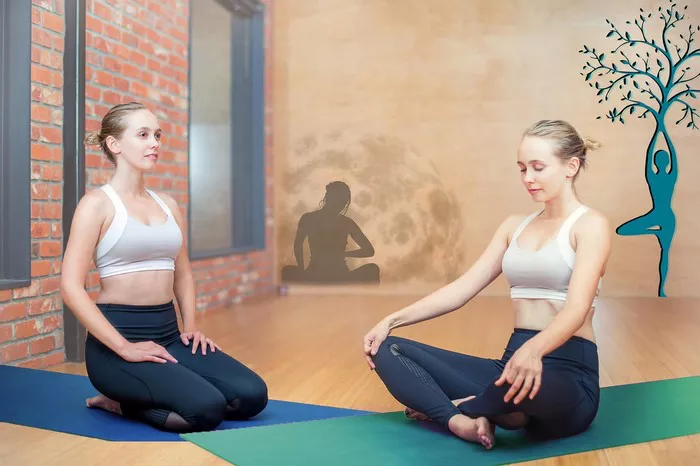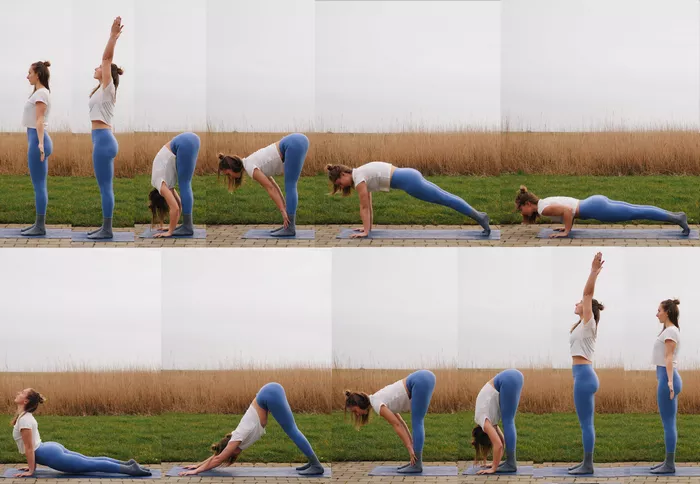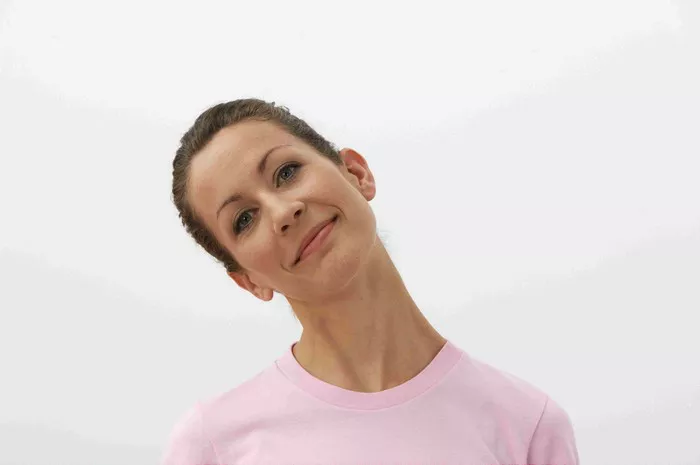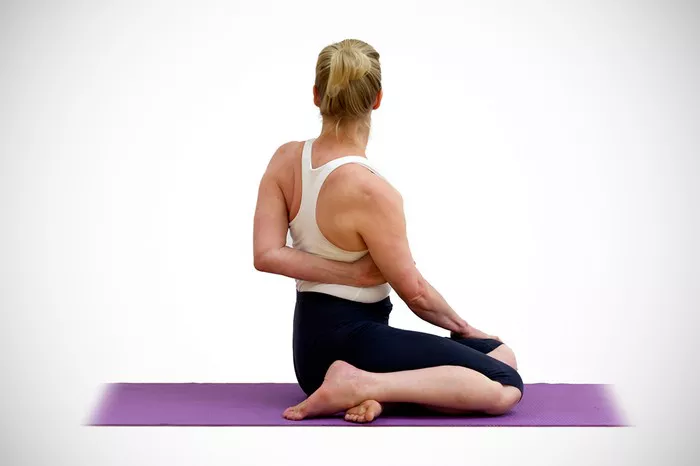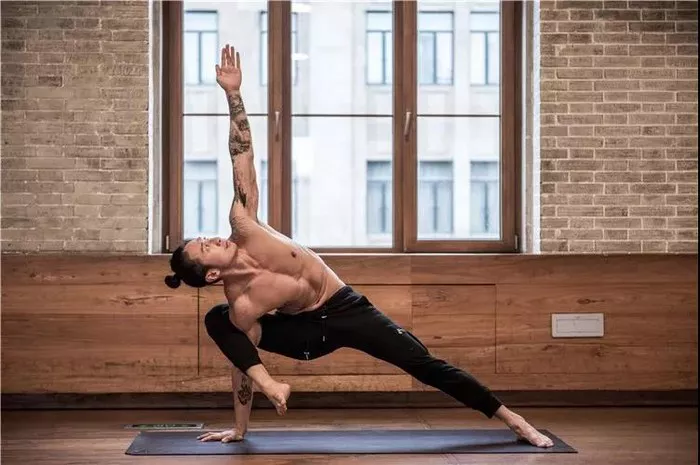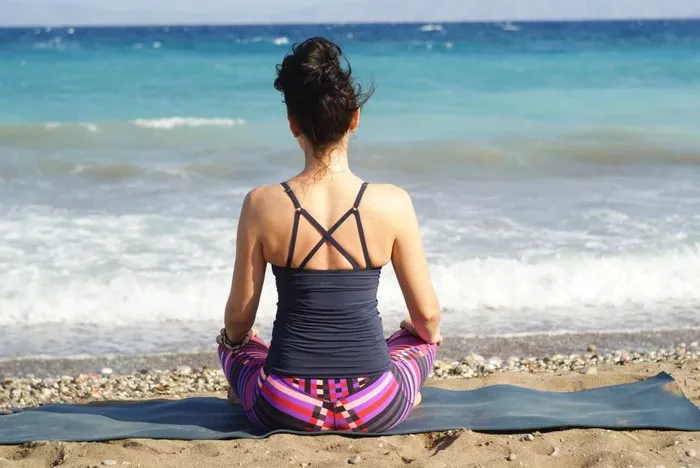Yoga, with its ancient roots in India, has evolved into a broad range of practices, each offering different methods to achieve the same goal: physical health, mental clarity, and spiritual well-being. Among the many different styles of yoga, Iyengar yoga has gained significant recognition for its precision, alignment, and the use of props. Developed by B.K.S. Iyengar, this style emphasizes the importance of holding postures for extended periods to improve body alignment and increase flexibility. But who exactly benefits most from Iyengar yoga? In this article, we will explore the people for whom Iyengar yoga is especially beneficial, examining its impact on physical, emotional, and mental health.
The Core Philosophy of Iyengar Yoga
Before diving into who benefits the most from Iyengar yoga, it’s important to understand the basic principles behind this practice. Iyengar yoga focuses on:
- Alignment: Precision in the alignment of the body is fundamental in Iyengar yoga. It involves the correct positioning of the bones and muscles during each posture. Proper alignment ensures that the body receives the maximum benefit from each asana (yoga pose) while minimizing the risk of injury.
- Use of Props: One of the most distinguishing features of Iyengar yoga is the use of props such as blocks, belts, blankets, and chairs. These tools help practitioners to perform poses more effectively, support them in holding postures for longer periods, and deepen their understanding of body alignment.
- Timing: In Iyengar yoga, the holding of postures for longer durations is emphasized. Holding each pose allows practitioners to develop deeper awareness of their body and breathing while stretching the muscles and calming the nervous system.
- Sequencing: Iyengar yoga classes are carefully structured to ensure a logical progression of asanas. The sequencing of postures builds strength, flexibility, and balance progressively, allowing practitioners to gradually advance without risking strain or injury.
Given these principles, Iyengar yoga can offer benefits for a wide range of people, from beginners to experienced yoga practitioners. Below are the key groups that can especially benefit from this style of yoga.
1. Beginners Who Are Looking for Structure
Beginners to yoga often find the wealth of different yoga styles overwhelming. For those who prefer a structured and methodical approach, Iyengar yoga is an excellent choice. The clear emphasis on alignment and the use of props ensures that even those with no prior experience in yoga can feel confident practicing. Props help modify poses so that even those with limited flexibility or strength can participate without strain.
For beginners, Iyengar yoga provides a safe environment to learn the basics of yoga. The slow-paced nature of the practice allows newcomers to focus on proper alignment and body awareness, reducing the chances of injury. Teachers are typically skilled in providing individual attention and adjustments, which can be especially helpful for beginners as they get used to the postures and their bodies.
2. People with Physical Limitations or Injuries
One of the most significant advantages of Iyengar yoga is its ability to accommodate people with physical limitations or chronic injuries. Due to the detailed attention to alignment and the extensive use of props, Iyengar yoga can help individuals manage or recover from a variety of physical conditions.
Back pain: Many individuals suffering from chronic back pain or sciatica find relief through Iyengar yoga. The emphasis on proper spinal alignment and the use of props to support the body in postures allows for a gentle, yet effective, way to strengthen the muscles around the spine and improve posture. Poses such as Tadasana (Mountain Pose) and Adho Mukha Svanasana (Downward-Facing Dog) can ease tension in the lower back and help with spinal alignment.
Neck and shoulder issues: Many of us suffer from tension in the neck and shoulders, especially those who spend long hours sitting at a desk or working on a computer. Iyengar yoga helps alleviate this tension by focusing on proper alignment of the neck, shoulders, and spine. Postures like Sukhasana (Easy Pose) and Setu Bandhasana (Bridge Pose) are effective for releasing neck and shoulder tension, and the use of props can make these poses more accessible.
Joint problems: People with joint issues, such as arthritis, can benefit from Iyengar yoga’s gradual and mindful approach. The use of props provides extra support, enabling individuals to practice without putting undue strain on their joints. Poses such as Virabhadrasana II (Warrior II) and Trikonasana (Triangle Pose) can be modified with props to make them accessible and comfortable for those with joint pain.
Rehabilitation: For those recovering from surgery or injury, Iyengar yoga offers a safe and therapeutic practice. By learning how to move mindfully and use props effectively, practitioners can rebuild strength, flexibility, and coordination. Teachers with extensive experience in Iyengar yoga often work with individuals on a one-on-one basis, offering tailored adjustments to help speed up recovery.
3. People Seeking Deep Focus and Mental Clarity
While Iyengar yoga is often thought of as a physically demanding practice, it also offers profound mental and emotional benefits. The focus on alignment, precision, and deep breathing during the holding of each posture cultivates mindfulness and concentration. By paying close attention to every small detail of the practice, students develop the ability to clear their minds and focus deeply.
For those dealing with stress, anxiety, or mental exhaustion, Iyengar yoga provides a structured way to quiet the mind. The extended time spent in each posture creates a meditative experience, helping to soothe the nervous system and bring mental clarity. The practice of yoga nidra (a type of guided meditation) is also an integral part of Iyengar yoga, which can be used to promote relaxation and deeper rest.
Additionally, Iyengar yoga helps cultivate self-awareness. By paying attention to body alignment and subtle adjustments during poses, practitioners develop a deeper connection with their bodies and emotions. This heightened awareness can help individuals become more in tune with their thoughts, feelings, and reactions, which is particularly valuable in times of emotional distress or personal growth.
4. Advanced Yogis Who Want to Deepen Their Practice
While Iyengar yoga is accessible to beginners, it also offers advanced practitioners a pathway to deepen their practice. For those who have mastered basic yoga postures and are looking for a greater challenge, Iyengar yoga’s precise approach to alignment and sequencing offers the opportunity for refinement and mastery.
Advanced students can use the props in more complex ways to explore advanced postures and deepen their flexibility. Iyengar yoga challenges experienced practitioners to refine their technique and deepen their understanding of how to engage the muscles, bones, and breath in each asana. The long holds and focus on alignment push students to develop a deeper awareness of their bodies and achieve a higher level of skill in their practice.
The intellectual aspect of Iyengar yoga, with its focus on alignment, sequencing, and the therapeutic effects of each posture, appeals to those who wish to explore yoga not just as a physical exercise, but as a comprehensive discipline. For experienced practitioners, Iyengar yoga offers an endless journey of growth and self-discovery.
5. Older Adults and Seniors
Iyengar yoga is a fantastic choice for older adults looking to improve their health and mobility. The practice’s emphasis on alignment and the use of props make it accessible to people of all ages, including seniors who may be dealing with limited mobility, stiffness, or balance issues.
Many older adults experience a decline in flexibility, strength, and balance, and Iyengar yoga offers a way to counteract these effects in a safe and effective manner. Poses such as Viparita Karani (Legs-Up-the-Wall Pose) and Savasana (Corpse Pose) help restore energy, improve circulation, and calm the nervous system, while the use of props supports the body during poses, making them more accessible.
For seniors, Iyengar yoga is a gentler way to stay active without overexertion. It promotes functional movement, which is important for performing everyday activities, such as walking, lifting, and bending, with greater ease. With the focus on precision and alignment, seniors can practice yoga in a way that is tailored to their specific needs and abilities, ensuring a safe and enriching experience.
6. Those Seeking a Therapeutic Practice
Iyengar yoga is also well-known for its therapeutic applications. Many practitioners turn to Iyengar yoga to address specific health issues, including stress, insomnia, and digestive problems. The therapeutic approach to yoga in the Iyengar tradition is grounded in using specific asanas to target particular health concerns.
For example, postures such as Paschimottanasana (Seated Forward Bend) are commonly used to help relieve anxiety and stress, while Trikonasana (Triangle Pose) can stimulate the digestive organs and improve digestion. The practice of Pranayama (breath control) is also used extensively in Iyengar yoga to improve lung capacity, reduce stress, and balance energy levels.
For people looking for a holistic approach to their health, Iyengar yoga’s therapeutic aspects can complement other treatments and provide a well-rounded method for improving overall well-being.
Conclusion
Iyengar yoga is a versatile and comprehensive practice that offers something for everyone, from beginners to experienced yogis, and from those with physical limitations to those seeking advanced challenges. Its precise focus on alignment, use of props, and therapeutic applications make it an excellent choice for a wide variety of people, including beginners, those with injuries or chronic pain, advanced practitioners, older adults, and individuals seeking mental clarity and emotional balance.
No matter where you are on your yoga journey, Iyengar yoga provides the tools and structure to deepen your practice, improve your physical health, and achieve a greater sense of inner peace. Whether you’re looking to heal from an injury, improve your posture, or find mental clarity, Iyengar yoga can be the perfect fit.
Related Topics:

